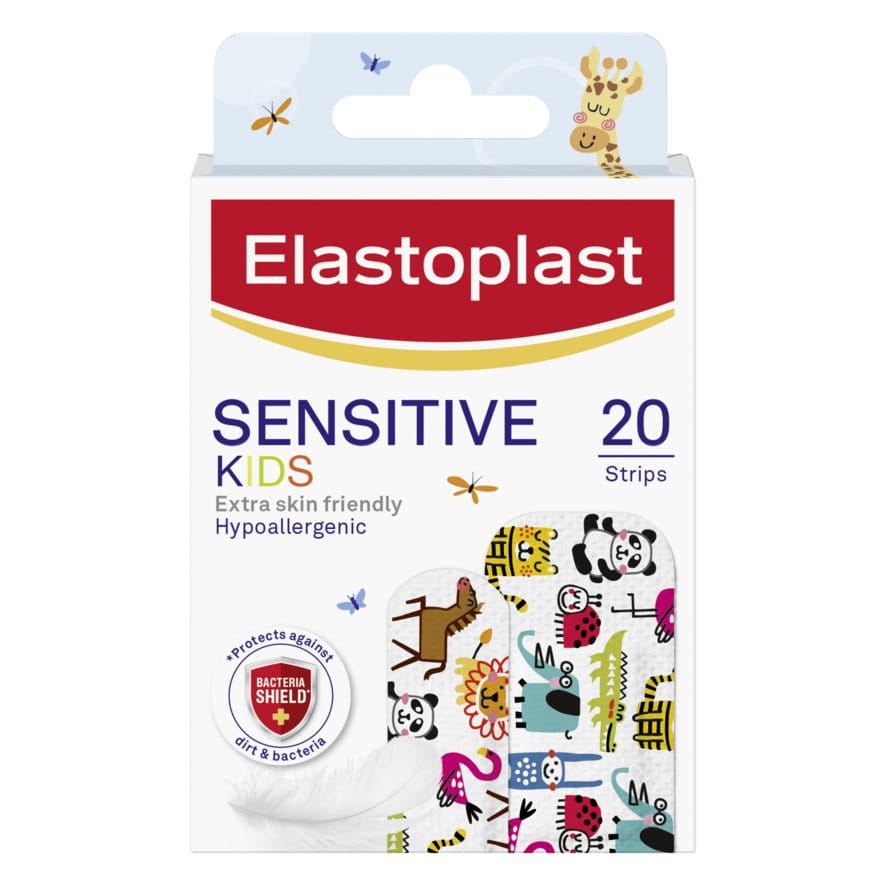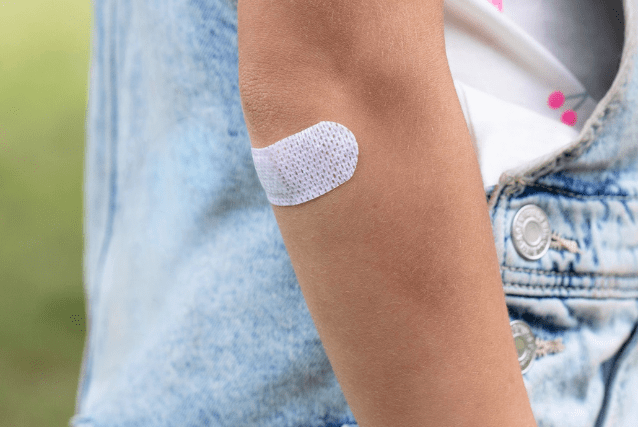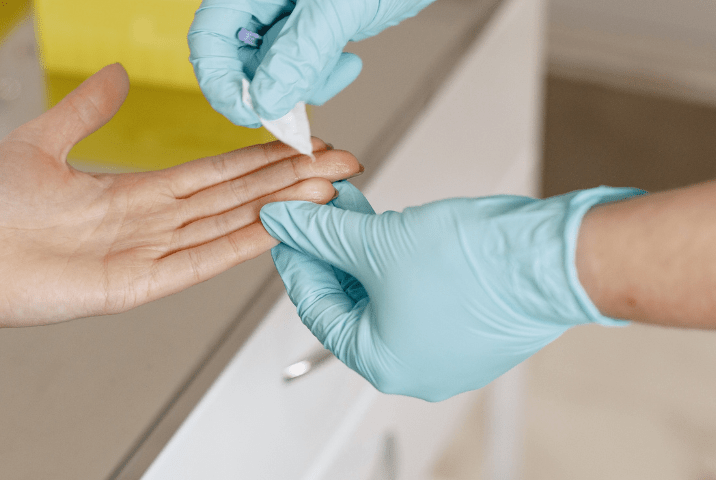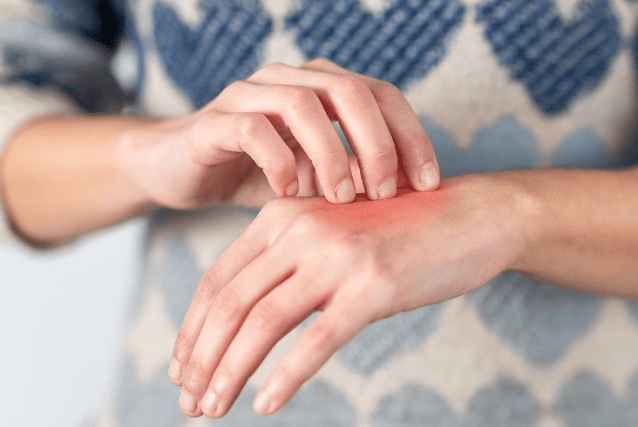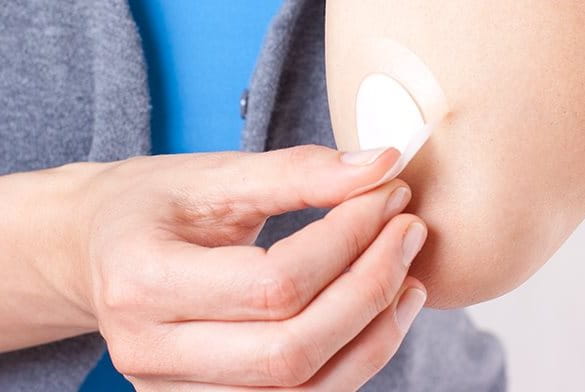Whilst we want our plasters to stay on effectively and keep our injuries protected, the sticky residue they can leave behind as a result is not ideal. Painlessly removing a plaster can sometimes be half the battle. Not only is it uncomfortable and sticky but it can attract dirt to the very place you’re aiming to keep clean.
If you’re dressing a wound regularly, you might struggle with build-up of the skin adhesive marks that can look unclean and unappealing.



